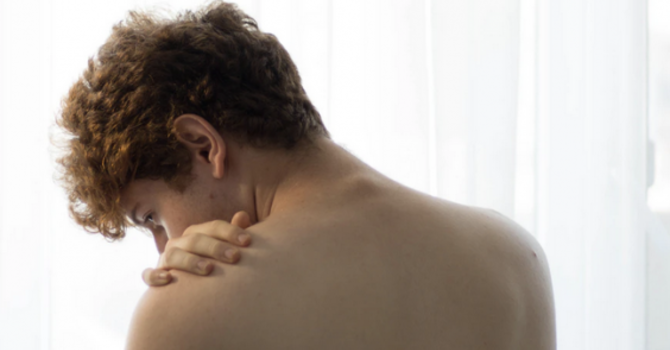
Should I Apply Hot or Cold?
This is a question that many people ask: Should I use heat or ice? Rather than just listening to what your friends and family members used, it’s important to have the facts. Plus, you should always consult with your doctor or physiotherapist for your specific needs.
Whether you use hot or cold on your injured muscle(s) or joint(s) depends on the type of injury you have, as well as the amount of time that has passed since the injury occurred.
Let’s start with cold. The purpose of cold is to reduce edema and inflammation, as well as decrease pain caused by sprains, strains, and muscle spasms.
Signs of inflammation include:
- Your injury feels warm
- You feel pain in the affected area
- Your injury is red and swollen
- Your mobility is restricted
Cold therapy also reduces blood flow and plays a crucial role in preventing excessive swelling and tissue damage. Ice should be applied for 20 minutes at a time, three or more times a day, (unless otherwise indicated by your healthcare professional) within the first 48 hours of the healing phase.
Do not place ice directly onto your skin because then you risk freezing or damaging your body tissues, which could possibly even lead to frostbite.
Cold should NOT be used if:
- You are already cold (applying cold to stiff or tense muscles could make your pain worse)
- You are hypersensitive to cold
- The affected area is numb
- There is a risk of cramping
- You have blisters
- You have an open wound
- You have a nerve disorder which affects your blood flow
In addition to ice packs, other sources of cold therapy include gel packs, bags of frozen vegetables, patches, gels, and cool water. Do not use freezing cold water.
As icing has an analgesic affect (reducing sensation to the area being iced), you need to be careful returning to activity. You don’t want to further injure yourself, thinking that your injury feels better, when it’s actually just the icing that is temporarily relieving the pain.
What about hot therapy?
When it comes to hot therapy, the purpose of hot is to improve tissue repair, while making the tissue more supple. Unlike cold, it increases blood flow (dilates your blood vessels) while reducing the pain of sore and tight muscles. It also acts as a muscle relaxant. Improved circulation from heat can also help eliminate the buildup of lactic acid after exercise.
The use of heat is usually recommended two weeks into the healing process or for chronic injuries lasting three months or longer. Heat can also help speed up the healing of persistent bruises.
In addition to heating pads, other sources of heat therapy include hot water bottles, warm baths, patches, and creams. The level of heat used should be comfortable. It should not be causing you pain.
Heat can be applied for 20 to 30 minutes at a time, a few times a day (unless otherwise indicated by your healthcare professional). In other words, you don’t want to fall asleep with a heating pad on, as you could risk burning yourself.
Some stick-on products found at your local drugstore may last for up to 8 hours at a time. Again, be sure to confirm how often heat should be applied and for how long.
Heat should NOT be used if:
- You have a new injury
- Your skin is hot, red, or inflamed
- You have an infection
- You are treating a burn
- You have an open wound or dermatitis
- You are already overheated
Your doctor or physiotherapist may also recommend a mix of hot and cold therapy, whereby they will provide you with specific instructions for your injury.
Rest, ice, compression and elevation (RICE) are part of the standard treatment for sports injuries.
Note: If you suffer from Raynaud’s Disease, advanced diabetes, or circulation problems, please consult with your doctor or physiotherapist about what would work best for you. It is not recommended to apply ice if you have these health issues because your sensitivity may be reduced, making it difficult to know if something is excessively hot or cold. It is also a concern to apply hot or cold on a young person, or someone with communication or cognitive difficulties. Please also consult with your doctor or physiotherapist if you have heart disease or high blood pressure.



